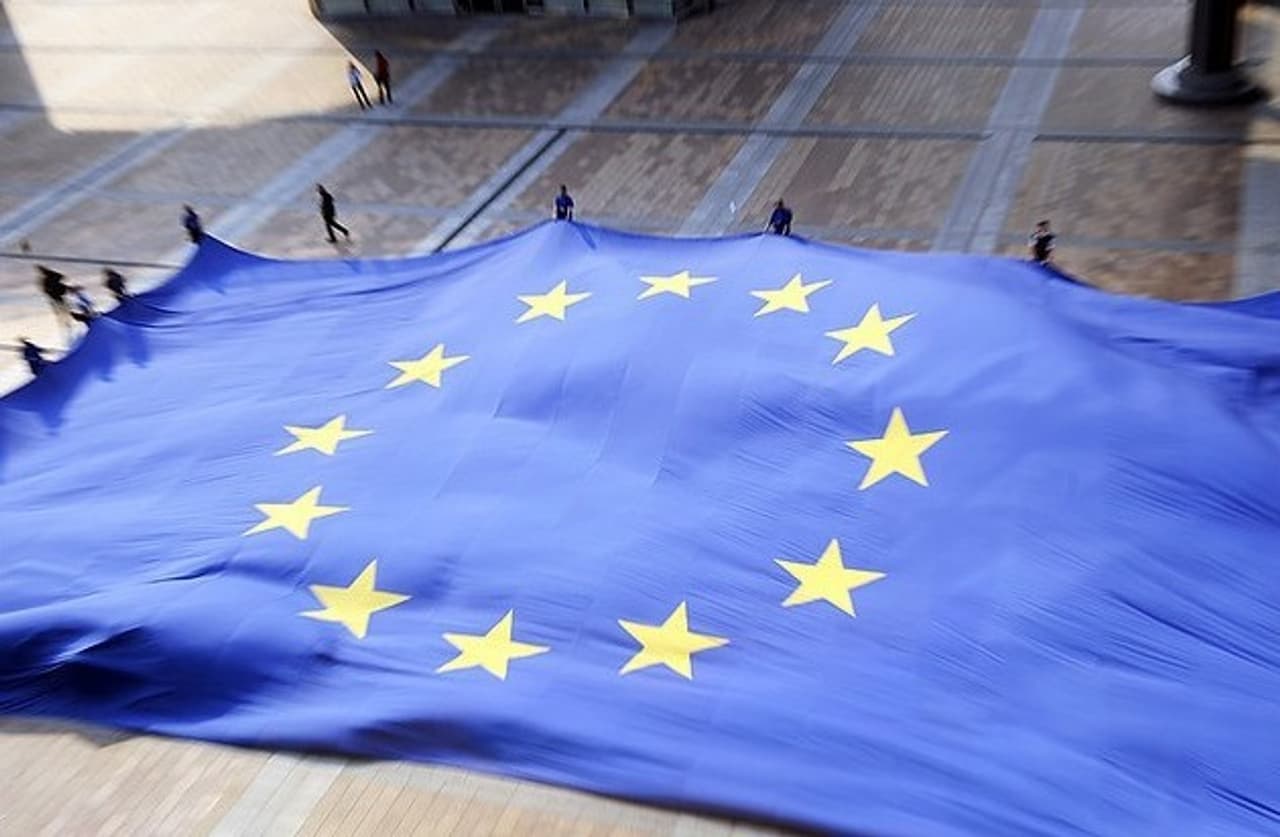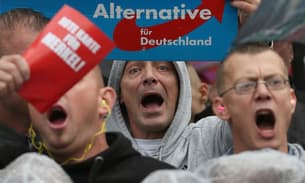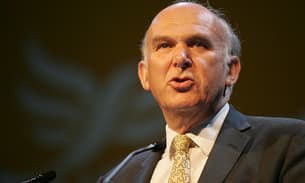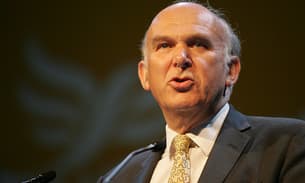
EU’s hidden billions
The Bureau, in collaboration with the Financial Times, has created the only comprehensive database tracking every penny distributed through the EU’s Structural Funds to date.
As Europeans face the uncertainty of swingeing government cuts, the European Union continues to spend. Its structural fund programme distributes €347bn of European taxpayers’ money across 271 regions in 27 countries.
Yet a web of bureaucracy has hidden this spending. Even MEPs have not had a truly transparent view of the organisations getting the funds.
Over eight months the Bureau and the FT have collected data relating to billions of euros to reveal, for the first time, the 646,000 recipients that have received the funds.
Our research reveals:
- How Italy’s most dangerous mafia, the ndrangheta, has become an expert at getting its hands on these funds
- A decentralised, cumbersome and weak system allows, and rarely punishes, fraud and misuse
- Millions of euros are going to multinational companies to help them move factories within the union despite guidelines discouraging this practice
- Funds have been used to finance a hotel building boom on protected nature reserves in Spain
- The lack of thorough checks means money is being wasted
- Some of the world’s largest companies are receiving funding despite the programme being aimed at small and medium-sized companies
The Structural Funds makeup the EU’s second biggest budget after the Common Agricultural funding programme.
The aim of the structural funds is to redistribute Europe’s wealth and lift the economies of its poorest regions.
From the thousands of kilometres of roads they drive on to the museums they visit, even the fitness classes they attend, millions of Europeans are benefiting from the programme.
But when Europe is experiencing the worst economic crisis in decades, drastic government cutbacks have led to riots on the streets in several member states – now more than ever taxpayers need to know that their money is being well spent.
The EU does not have to cutback. Its budget is set in stone. Indeed, it is even trying to persuade national governments to pay more into the EU budget.
The debate has also begun in Brussels to reform these funds. We want this database to inform that debate by allowing the decision makers to see for themselves exactly where the money is going.
And with only 25 anti-fraud investigators and a web of bureaucracy so dense that it is almost impossible to track how the money is being distributed, billions are being wasted and lost to fraud.
The problem is that the money is handed over to the regions, and from then on the trail has been opaque. But now with the Bureau’s and FT’s database it is possible to search on a sector – hotels for example, to see which organisations have been allocated funding.
In creating the database we have gone further than any Brussels bureaucrat to shine a spotlight on how the EU is spending this taxpayers’ money.
The effort required to collate all the information was considerable. It involved downloading data from more than 100 websites of national and regional bodies that administer the funds, and captured in nearly 600 different files. This took months to complete.
The database documents some 646,929 recipients in every member state during the current 2007-2013 spending round.
We are now, in late 2010, half way through the current spending round, and the database shows how funds have been allocated up to this time.
We then went further to find out exactly how the money is being spent on the ground, and this has produced a series of films and news pieces.
Over the next few days the Bureau together with a group of international collaborators will release a number of stories resulting from the data.
The Financial Times will begin five days of coverage on November 30. Al Jazeera, BBC Radio 4 File-on-Four, BBC World Service and France 2 will also broadcast programmes based on our research.




